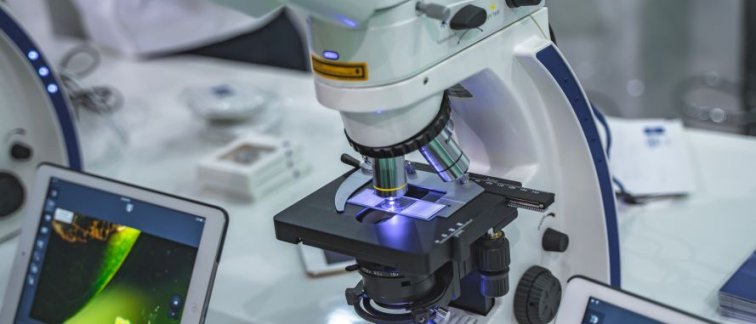Pancreatic cancer is an aggressive cancer with a poor prognosis. Treatment with chemotherapy or radiation before surgical removal (neoadjuvant therapy) has shown some benefit in shrinking the tumor and improving overall survival.
After neoadjuvant therapy, pathologists try to determine the response of the tumor to the treatment by examining specimens after resection under a microscope (histology). In this way, they can determine the sensitivity or resistance of the cancer to the treatment or compare efficacy of different neoadjuvant therapies.
There are many tumor response scoring systems, however only two of them are broadly applied. For both methods, however, it is unclear how reliable or objective they are. To determine the reproducibility of the current tumor response scoring systems, an international team of researchers led by CCA conducted a large, well-controlled study of the interobserver agreement. The results were published in the British Journal of Surgery.
Identifying treatment effect
To quantify treatment effect, pathologists first of all need to be able to detect it. In part 1 of the study, 18 experienced gastrointestinal/pancreatic pathologists from 8 countries assessed tumor specimens from 60 patients, half of which had received neoadjuvant treatment and half which did not.
Identifying patients who received neoadjuvant treatment, or in other words, identifying treatment effect, was successful in 76.2% of treated patients. Patients that did not receive neoadjuvant therapy were correctly identified in 49%. These results underscored that the histological identification of the effects of neoadjuvant therapy is challenging.
Interobserver agreement on the degree of treatment response
In part 2, 23 pathologists from 9 countries examined tumor samples from 50 patients that received neoadjuvant therapy. The agreement among the pathologists on tumor response to treatment for both tumor response scoring systems was only moderate (intraclass correlation coefficients of 0.66 and 0.71).
“Identification of the effect of neoadjuvant therapy in resected pancreatic cancer proved unreliable, and interobserver agreement for the current tumor response scoring systems was suboptimal,” says first author Boris Janssen.
A new method is needed
The authors conclude that these findings emphasize the need for a more reproducible system to assess the impact of neoadjuvant therapy in pancreatic cancer. They also suggest that it is better to assess residual tumor burden (viable tumor cells present after neoadjuvant therapy) rather than tumor regression. New methods augmented with Artificial Intelligence can improve objectivity, which is the topic of several current studies at Cancer Center Amsterdam.
For more information, contact Boris Janssen, or read the scientific publication: Janssen, B.V., et al (2022) Histopathological tumour response scoring in resected pancreatic cancer following neoadjuvant therapy: international interobserver study (ISGPP-1), British Journal of Surgery, znac350, https://doi.org/10.1093/bjs/znac350
Researchers involved at Cancer Center Amsterdam:
Boris V. Janssen, Stijn van Roessel, Susan van Dieren, Onno de Boer, Marc G. Besselink, Joanne Verheij, Arantza Fariña
Text by Laura Roy.
This article was created for Cancer Center Amsterdam.
© 2022 NHBC– All rights reserved.

